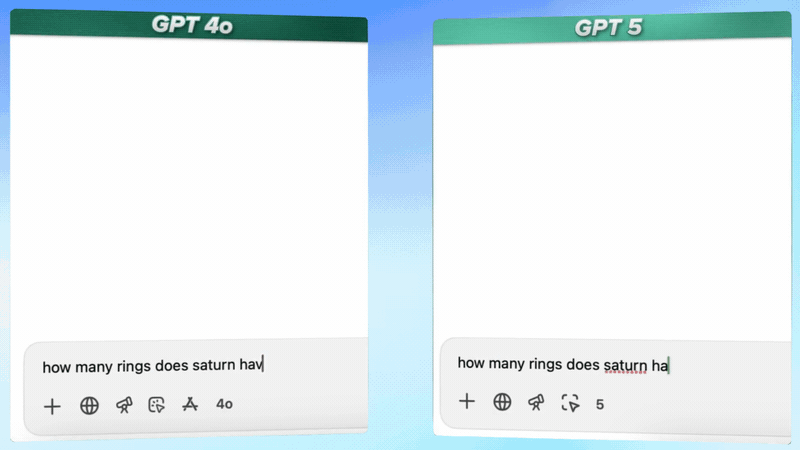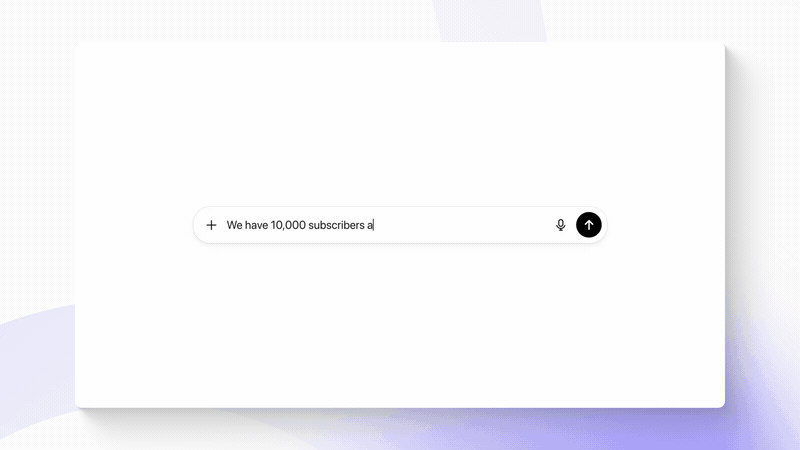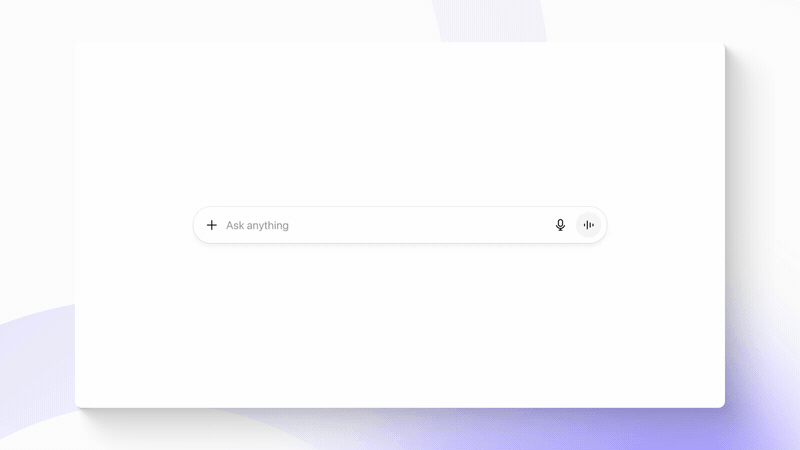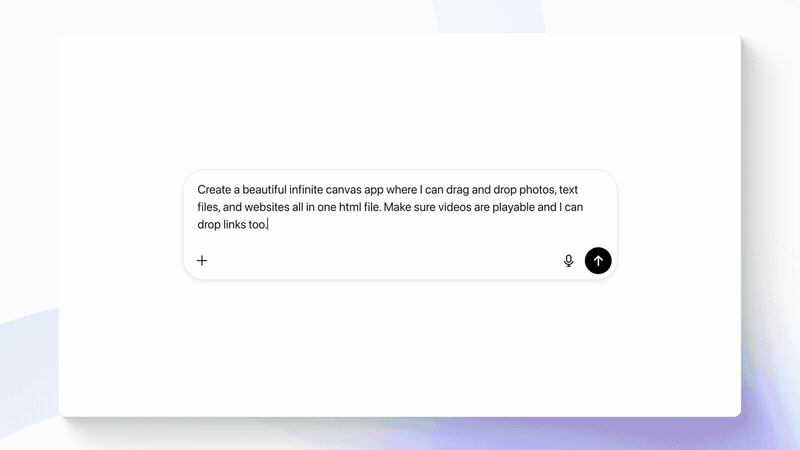


Aug 18, 2025
-
By Clive

![]() AI Summary By Kroolo
AI Summary By Kroolo
ChatGPT-5, released in August 2025, marks a monumental step forward. It replaces the older ChatGPT-4o, 4.1, 4.5, o3, and o4-mini, making AI smarter, faster, and easier than ever.
With a unified model, robust memory, multimodal mastery, and adaptive reasoning, it's now the beating heart of everyday work, coding, writing, business, and personal communication.

The official release date of ChatGPT-5 was August 7, 2025, marking a significant milestone in AI technology. OpenAI unveiled GPT-5 as their most advanced and unified AI model, combining enhanced reasoning, multimodal capabilities, and task execution into a single system. This launch replaced the previous GPT-4o and introduced a new era of seamless, adaptive AI interactions for both free and paid users.
The lead-up to the release saw strong anticipation across enterprise and developer communities, with OpenAI emphasizing safety, reliability, and ethical alignment before rollout. CEO Sam Altman highlighted GPT-5’s remarkable ability to handle complex, expert-level tasks quickly and accurately, making it a groundbreaking advancement toward artificial general intelligence while maintaining strict safety standards. GPT-5 is now publicly accessible across ChatGPT platforms, APIs, and integrated tools worldwide
Before diving into features, here are the core pillars that define ChatGPT-5:
Since its first launch, ChatGPT usage has soared from 1 million users in five days (2022) to over 700 million weekly active users in August 2025.
ChatGPT Utilization Growth by Year:
|
|
|
|
|
|
|
|
|
|
|
|
|
|
|
|
|
|
|
|
|
|
|
|
|
|
|
|

ChatGPT-5’s design philosophy revolves around smarter, safer, and more personalized AI. Its capabilities impact everything from day-to-day Q&A to enterprise-grade workflow automation.
ChatGPT-5 sees a leap from 32,000 tokens (GPT-4) to 256,000. That’s the difference between understanding a paragraph and grasping an entire book’s worth of context.
OpenAI’s fifth-gen model allows you to feed images, diagrams, code snippets, audio clips, and even video into ChatGPT-5.

ChatGPT-5 brings a “thinking” mode for complex queries, activating deeper analysis as needed.
Statistic: GPT-5’s output tokens are reduced by 50–80% compared to older models, but answers are even more accurate.
AI’s biggest drawback is hallucination (making things up). GPT-5 crushes this issue with sophisticated verification and honesty metrics.
|
|
|
|
|
|
|
|
|
|
|
|
|
|
|
|
|
|
|
|
ChatGPT-5 introduces preset personalities like Cynic, Robot, Listener, Nerd, and lets users tune conversational style without prompt engineering.

For businesses, developers, and teams, GPT-5’s enhanced APIs and integration options bring AI right into existing pipelines.
Statistic: 28% of US-employed adults use ChatGPT at work in 2025, up from just 8% in 2023—a 3.5x increase in workplace adoption.
|
|
|
|
|
|
|
|
|
|
|
|
|
|
|
|
|
|
|
|
|
|
|
|
|
|
|
|
|
|
|
|
OpenAI’s ChatGPT is not just tech—it’s the global AI brand.
Choosing between ChatGPT-5’s free and paid versions can be key to unlocking the platform’s full potential. Below you’ll find a breakdown of features and comparisons, helping you decide the best fit for your needs—from casual use to enterprise workflows.
You can start using ChatGPT-5 for free by simply signing up on the ChatGPT website or app. Free users get basic text and voice capabilities, limited daily messages, and access to essential AI features. If you hit your free usage limit, you’ll automatically switch to GPT-5 Mini so you can keep chatting, albeit with reduced capabilities.
Paid versions include Plus ($20/month), Pro ($200/month), Team ($25–$30/user/month), and Enterprise (custom pricing). Upgrading unlocks higher message limits, advanced tools, priority server access, expanded memory, and experimental features like Sora video previews and powerful coding assistants.
Free users access standard reasoning capabilities and have capped daily message limits (usually 10 messages per 5 hours). Paid users enjoy unlimited access, faster response times, better memory, and persistent customizations. Plus and Pro subscribers rarely face wait times, while free users might experience delays during peak hours or heavy traffic.
Premium subscribers gain full access to GPT-5’s advanced models (GPT-5 Pro), extended context windows, priority image and file generation, early releases, and enhanced developer integrations. Paid plans are ideal for frequent users, professionals, teams, and anyone relying on AI for business or creative tasks.
For collaborative tasks, startups, classrooms, and large organizations, Team and Enterprise plans offer shared resources, admin controls, usage analytics, advanced security, API access, and tailored support. These tiers enable high-volume operations and robust business integration, making AI workflows scalable and efficient.
Both free and paid users can experiment with OpenAI’s platform and Python SDK. Developers access GPT-5 variants through the OpenAI API, choosing models by reasoning depth, speed, or cost. Paid plans support larger file processing, persistent memory, and priority performance, while free-tier access is best for light-use experimentation.
ChatGPT-5 is more than just another upgrade; it’s the beginning of a new phase for AI accessibility, reliability, and creativity. Below, discover the innovations and impacts reshaping the way we interact, work, and learn.
Future versions will focus on:
ChatGPT-5 is powering sectors across the spectrum:
Unlock extra value:
As AI grows, so do concerns and responsibilities:
Release Date: August 7, 2025
Overall Rating: 7.2/10 (Based on aggregated reviews and user feedback)
GPT-5, released on August 7, 2025, represents OpenAI's attempt to unify their AI ecosystem into a single, intelligent model that combines the reasoning capabilities of their o-series with the speed of traditional GPT models. However, the launch has been marked by a stark disconnect between impressive technical benchmarks and widespread user dissatisfaction, creating one of the most polarized AI model releases in recent memory.
What OpenAI Promised
OpenAI positioned GPT-5 as delivering "PhD-level intelligence" with significant improvements in math, coding, visual perception, and health applications. CEO Sam Altman called it "the best model in the world" and described it as a "significant step" toward artificial general intelligence (AGI).
Benchmark Performance: The Technical Success Story
GPT-5's technical achievements are genuinely impressive:
Mathematics & Reasoning:
Coding Excellence:
Multimodal Capabilities:
OpenAI's GPT-5 has landed with a thud despite strong benchmark scores, with users taking to social media posting examples of GPT-5 making simple mistakes in math and geography. One Reddit thread titled "GPT-5 is horrible" garnered nearly 3,000 upvotes and over 1,200 comments filled with dissatisfied users.
Tyler Cowen from Marginal Revolution praised GPT-5 as "lightning fast" and called it "the best learning tool I have," particularly appreciating its performance on economics, history, and ideas. Some developers found it "truly exceptional at software engineering, from one-shotting complex apps to solving really gnarly issues across a massive codebase."
Noah Giansiracusa, an associate professor of mathematics at Bentley University, called the launch "underwhelming," noting that while there were "some improvements," they were "much more marginal than I would've hoped." AI researcher Gary Marcus noted that "the problems I have been pointing out over the last quarter century still lingered."
Sam Altman went into damage-control mode, acknowledging early glitches, restoring availability of earlier models, and promising to increase access to the higher-level "reasoning" mode. On Friday following the launch, Altman said: "GPT-5 will seem smarter starting today. Yesterday, the autoswitcher broke and was out of commission for a chunk of the day."
Technical Performance: 9/10 (Excellent benchmark scores)
User Experience: 5/10 (Widespread dissatisfaction)
Coding Capabilities: 9/10 (State-of-the-art performance)
Writing Quality: 6/10 (Regression from previous models)
Launch Execution: 4/10 (Technical issues and poor communication)
Value Proposition: 6/10 (Strong capabilities, but implementation issues)
GPT-5 represents a fascinating paradox in AI development: a model that achieves remarkable technical benchmarks while simultaneously disappointing its core user base. As developer Simon Willison noted, "It's not a dramatic departure from what we've had before," despite the significant computational improvements under the hood.
The model excels in specialized domains like coding and mathematical reasoning but falls short in the day-to-day conversational interactions that made ChatGPT popular. The unified architecture, while technically impressive, has created a user experience that many find inferior to the previous model selection system.